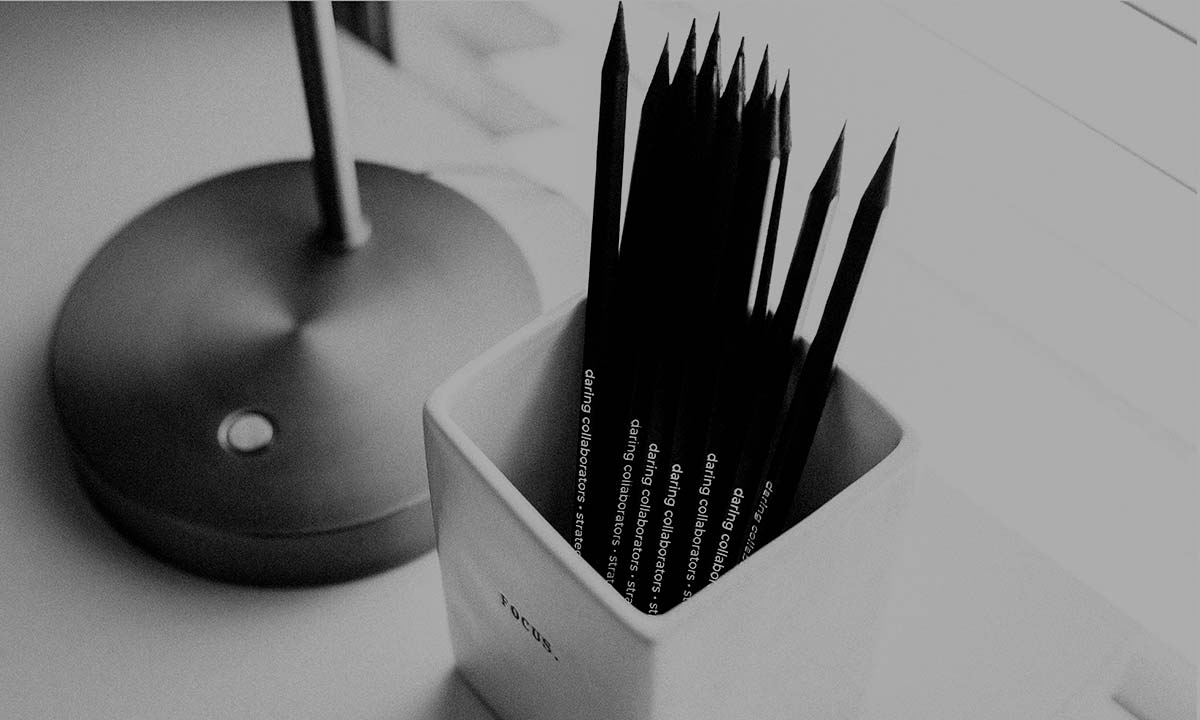Why Typography is Important
We’ve all been there. You’re talking to a graphic designer and they suddenly start talking about typography and typeset. You feel like you should know the meaning, but you couldn’t explain it to someone else. So you nod and navigate the conversation onward, figuring they know what they’re talking about, and praying you don’t need to know it later. The words feel familiar. After all, you know the word “type”; you know the word “set”; and the word “font” was probably used in the same discussion. You know what that is. You’ve used Microsoft Word.
Ok, well, it’s a little more complicated than that. Let’s start by defining some of these terms. Many people think that typography is just font and color, but it is actually more than that. The two parts that are most relevant to you are:
Typefaces
Typefaces are the particular design of type and are probably what you think of when someone says the word “type.” Basic examples of typefaces are Arial, Helvetica, as well as more creative and fun ones.
Fonts
Fonts are more than the style in which they are designed. Font actually refers to both the specific style of typeface, as well as the typeface’s decided width and height. For example, Times New Roma is a typeface, but Times New Roman, size 12, bold, is a font.
Typesetting
Typesetting is the process of arranging type for printing. Designers don’t just put type on the page, change its size and color and call it good. They spend hours making small tweaks to the text, adding a little space here, tightening the space there. And it’s one of the details that while the average person doesn’t see it, their subconscious does.
Now, that’s all well and good, but you may be asking yourself why designers make such a big deal about typography. After all, they’re just words, but therein lies the misconception that prohibits brand consistency and retention. Typography can make or break your design.
Consistent use of a typeface can be just as important as graphics, color and images. It is an integral piece of your brand. The typeface your designer uses can evoke a particular emotion from the viewer; it can also present a design as having a certain style (Want a roaring 20s theme? There’s a typeface for that).
Typesetting and typeface choices play an important role in a project’s legibility. This is important, because if you want people to continue reading the text, you have to make it as easy as possible. If it’s a chore, no one wants to do it. Plus, when you change the color or bold a piece of text, it draws the eye and the reader knows it’s important information.
Thoughtful use of typography will influence your audience even if they don’t notice on a conscious level. Typography, when it’s most successful, doesn’t warrant a lot of contemplation from the audience, but silently communicates the necessary information. This is the real key to great design – creating a piece the audience loves and responds to without them even knowing why.

